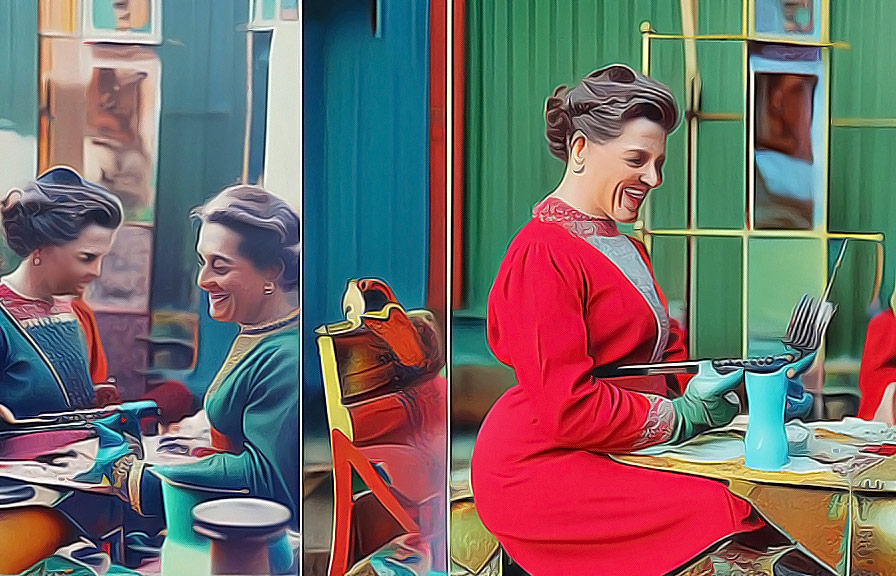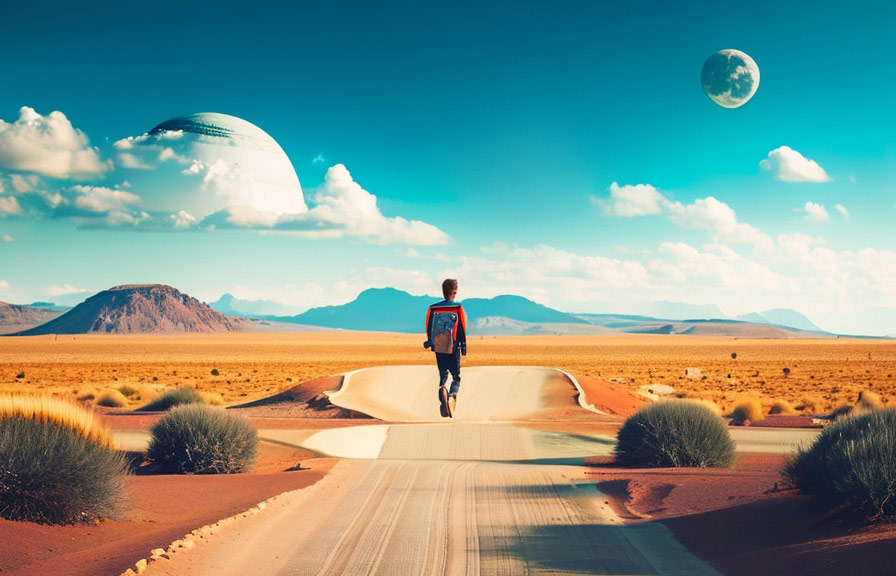Did you know that photo manipulation dates back to the 19th century, long before the digital era? yes, that's right. the art of altering images has been around for more than 150 years, evolving over time and adapting to new technologies.
In this post, we'll explore the fascinating history of photo manipulation, touching on its early origins, the evolution of photoshop manipulation, and how image manipulation techniques have expanded with the advent of modern software like adobe photoshop.

The early days of photo manipulation
The first recorded instance of photo manipulation can be traced back to the 1860s, during the american civil war. photographer mathew brady famously altered a portrait of president abraham lincoln by combining the president's head with the body of another politician.
This composite image was then used for a popular campaign poster, proving that even in the pre-digital age, image manipulation played a significant role in shaping public perception.
Another notable example from the 19th century is the work of henry peach robinson, a british photographer who used multiple negatives to create a single composite image. his 1858 work, "fading away," combined five separate negatives to portray the dramatic scene of a young woman on her deathbed, surrounded by
Grieving family members.
While these early examples were largely limited to combining multiple images, some artists took it a step further. the famous french photographer gustave le gray combined separate negatives for the sky and the sea to create stunning seascapes that captivated viewers with their dramatic contrasts.
The transition to digital: photoshop manipulation
Throughout the 20th century, photo manipulation continued to evolve. techniques like airbrushing, dodging, and burning became popular for altering images. however, it was the advent of digital technology that truly revolutionized the world of photo manipulation.
Adobe photoshop, first released in 1990, quickly became the industry standard for image editing. with its powerful tools and intuitive interface, photoshop manipulation opened up new possibilities for photographers and artists alike. the ability to manipulate images on a pixel-by-pixel level allowed for unprecedented control over the final result.
As the software advanced, techniques like layering, masking, and filters made it even easier to create complex and visually stunning photo manipulations. today, photo manipulation photoshop is synonymous with the art of altering images and has become an essential skill for professionals in the creative industry.
The impact of social media and the rise of image manipulation in the digital age
With the rise of social media and the increasing accessibility of advanced image editing tools, photo manipulation has become a widespread practice. from simple filters applied to selfies to elaborate digital art pieces, image manipulation has permeated almost every aspect of our online lives.
This widespread use of photo manipulation has sparked debates on topics like beauty standards, authenticity, and the ethics of altering images. the prevalence of manipulated images has also led to the development of new tools and techniques for detecting and analyzing image manipulation, such as reverse image search and forensic
Analysis software.
One fascinating fact is that in 2018, researchers from adobe and uc berkeley collaborated to develop an artificial intelligence system capable of detecting facial manipulations in images. this technology could potentially help combat the spread of misinformation and ensure the integrity of visual content.
The art of photo manipulation: creativity and beyond
While photo manipulation has its share of controversies, it's undeniable that it has also given rise to a new form of creative expression. digital artists are pushing the boundaries of what's possible with image manipulation, creating surreal and captivating works of art that challenge our perception of reality.
Some artists, like erik johansson, create mind-bending photo manipulations that seamlessly blend multiple images to form impossible scenes. others, like brooke shaden, use photo manipulation to create dark and whimsical images that tell a story.
As technology continues to advance, it's likely that the art of photo manipulation will continue to evolve as well, with artists finding new ways to push the limits of what's possible in the realm of image editing.
Conclusion
From its early days in the 19th century to the digital age of photoshop manipulation, photo manipulation has come a long way. as an ever-evolving art form, the practice of altering images will undoubtedly continue to shape our perception of reality and inspire creativity in new and exciting ways.
Whether you're an enthusiast or a professional, photo manipulation offers endless opportunities to transform the world around us, one pixel at a time.
